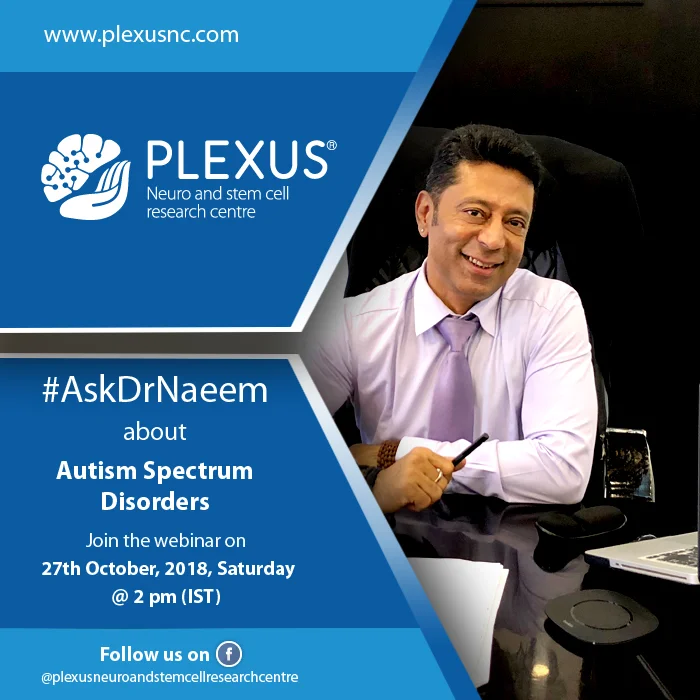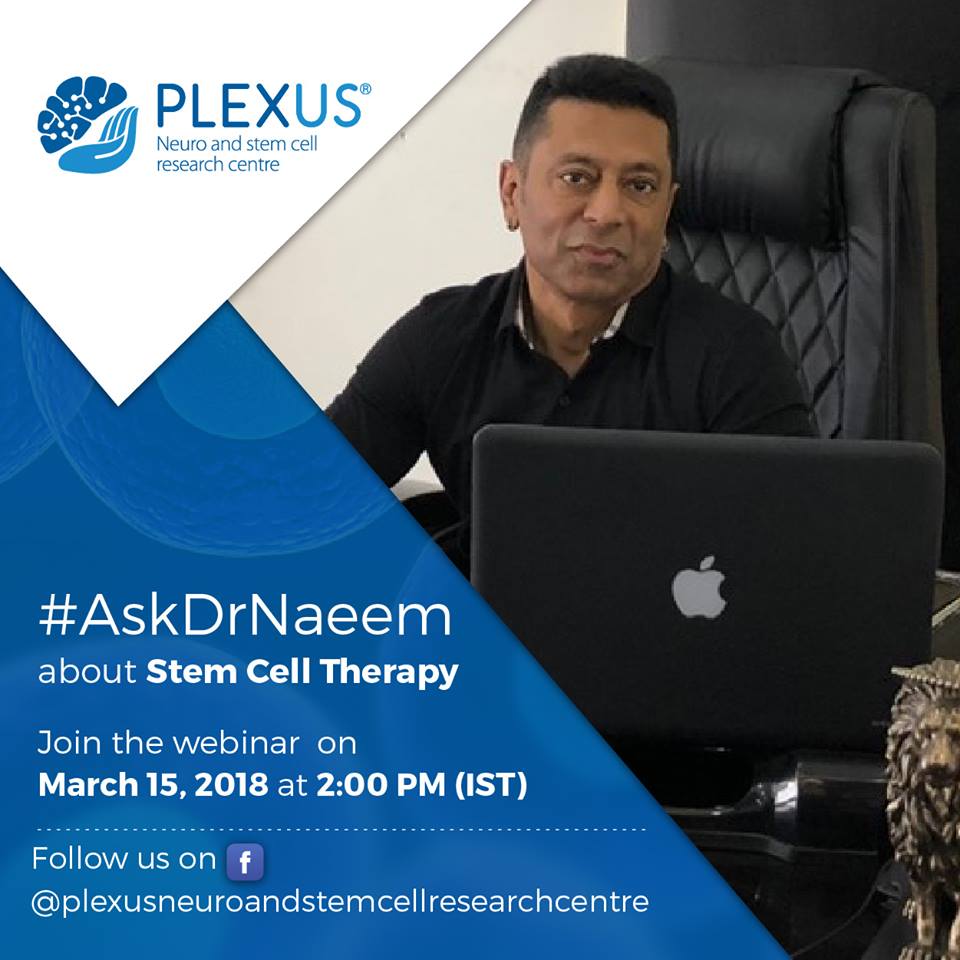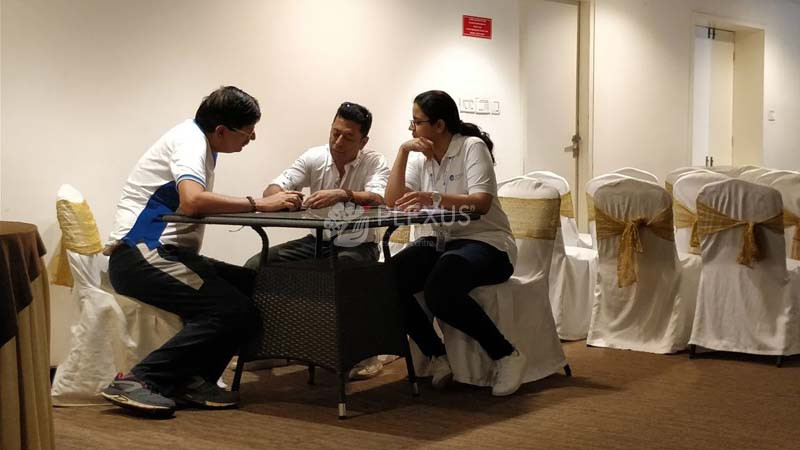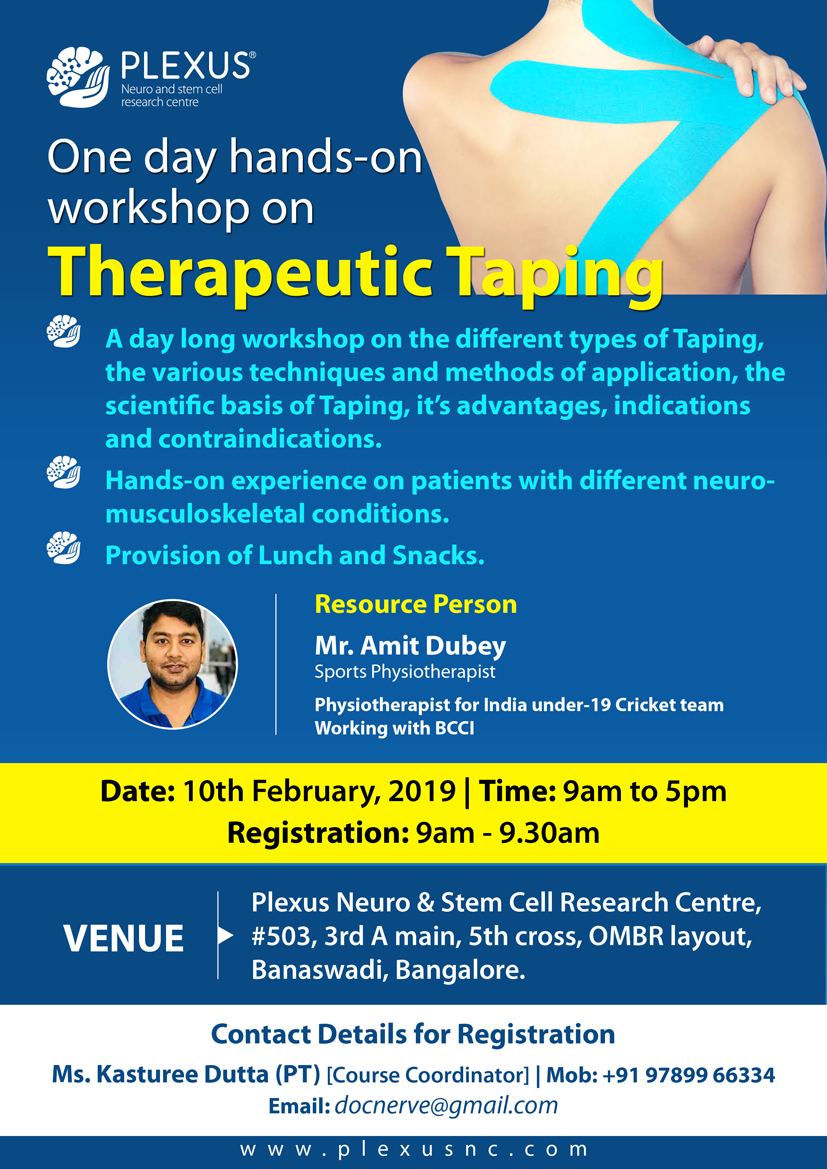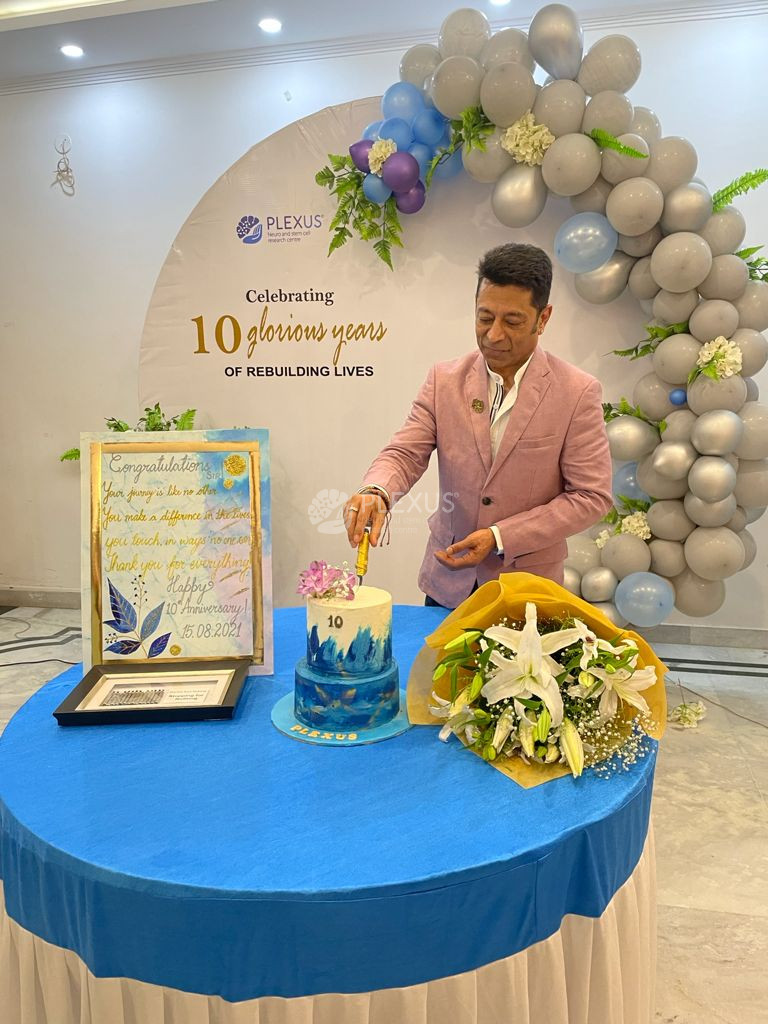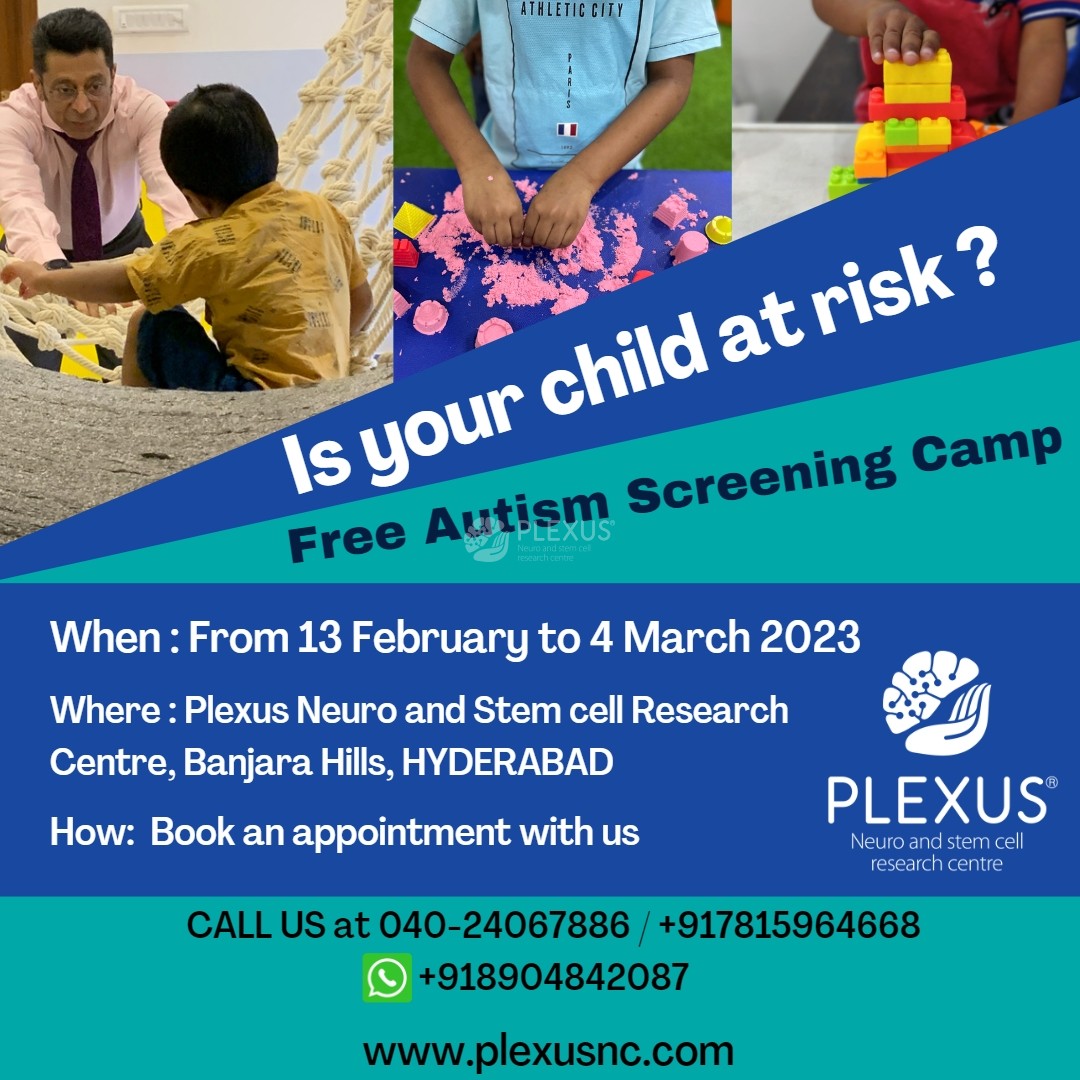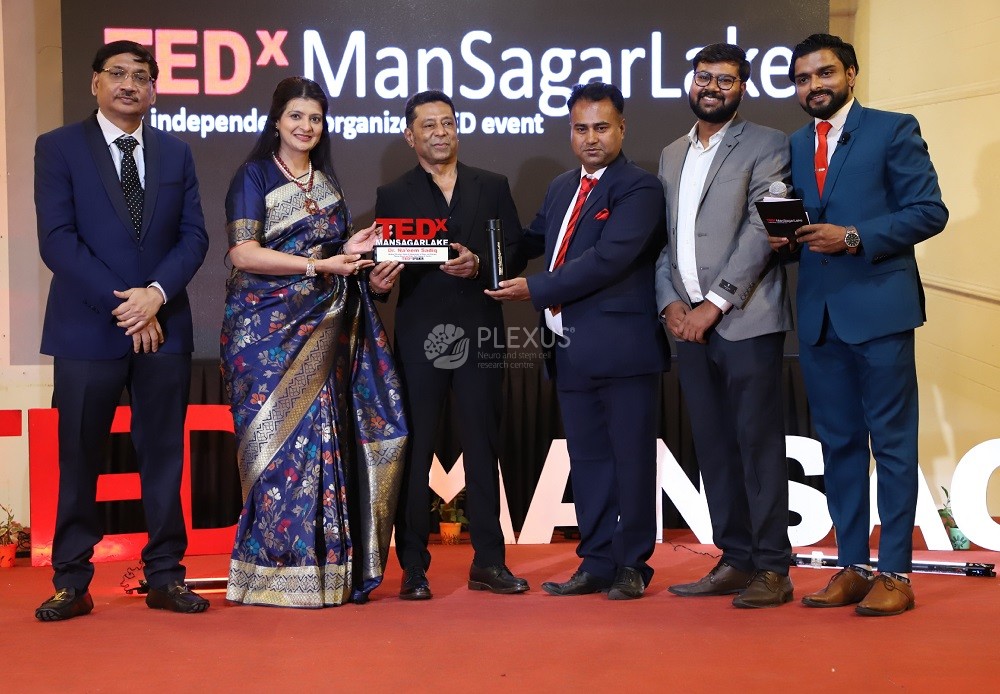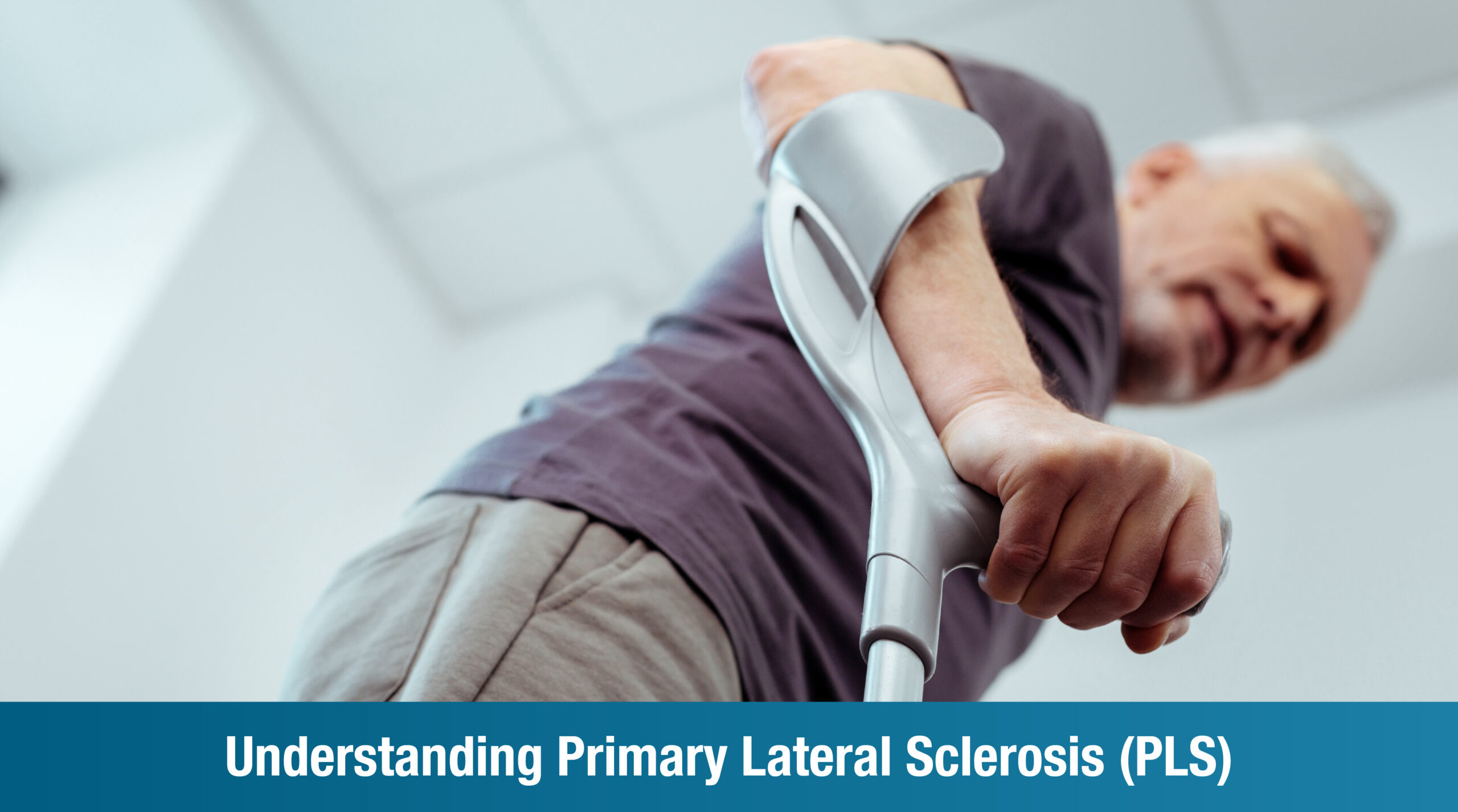
Primary Lateral Sclerosis (PLS) is a rare neuromuscular disease that causes progressive weakness of voluntary muscle movement. It is a type of motor neuron disease (MND) that affects the motor neurons (also known as corticospinal neurons) present in the arms, legs, and face.
In this blog, we will give you an overview of the disease as well as throw light on the best treatment for Primary Lateral Sclerosis available only at Plexus Bangalore and Plexus Hyderabad.
What is Primary Lateral Sclerosis?
In PLS, the upper motor neurons slowly break down over time. These neurons are present in the brain, and due to their deterioration, the brain is unable to send motor signals to the rest of the body. This is why, as the disease advances, the muscles in the legs become weaker and weaker.
PLS also affects the muscles in the arms and face.
The breaking down of motor neurons and the central nervous system’s inability to control voluntary muscles causes extensive movement problems like –
- Balance and coordination issues
- Weakness
- Slowed movement
- Speech issues
- Dysphagia (swallowing troubles)
Symptoms of Primary Lateral Sclerosis (PLS)
PLS is a slowly progressing type of MND. Its symptoms may take years to manifest to a degree that actually requires medical attention. The first symptoms of PLS usually begin in the legs. There have been very rare cases of the disease beginning in the tongue and then gradually progressing down the spinal cord to the legs. The symptoms of PLS can differ case by case.
For the purpose of this blog, we have listed down the most common symptoms of PLS that you need to watch out for:
- Stiffness, muscle spasms, and weakness – usually starting in one leg, and eventually progressing to the other leg, your arms, tongue, and jaw
- Clumsiness and uncoordinated movements
- Balance issues
- Fine motor challenges
- Hoarse voice, slurred speech, drooling
- Dysphagia
- Rapid and unpredictable mood swings
- Bladder control issues (rare, can happen in the later stages of the disease)
- Respiratory problems (rare, can happen in the later stages of the disease)
Types of Primary Lateral Sclerosis
There are two types of Primary Lateral Sclerosis. They are:
Adult-onset primary lateral sclerosis
This type of PLS begins in adulthood. It is more common in males than females, and usually occurs between the ages of 40 and 60 years.
Juvenile primary lateral sclerosis
Beginning in childhood, this type of PLS can only be inherited. Juvenile PLS is an autosomal recessive inherited disease. For a child to have PLS, both parents have to be carriers of the mutated gene ALS2. The parents do not have to have PLS in order to pass it onto their child. They can simply be the carriers.
Difference Between Primary Lateral Sclerosis and ALS
The symptoms of PLS are similar to the symptoms of ALS (amyotrophic lateral sclerosis). And that is why PLS is often mistakenly diagnosed as ALS.
Although related, PLS progresses much slower than ALS, and is not always fatal.
Treatment Options for Primary Lateral Sclerosis
While there are no internationally approved medications for PLS, doctors recommend a combination of occupational therapy, physiotherapy, speech therapy, nutrition plans, etc. to manage its symptoms.
Rehabilitation for Primary Lateral Sclerosis at Plexus
The best treatment for PLS is Plexus’ regenerative rehabilitation program. This program helps the patient manage symptoms of PLS, make changes to their current lifestyle, as well as enable them to achieve their aspirations for life.
Cell Therapy at India’s First ISO-Certified Cell Research Centre
Plexus Neuro and Cell Research Centre uses autologous Cells taken from the patient’s own body. The procedure is conducted under the guidance of Dr. Na’eem Sadiq, by a team of highly-skilled and experienced Cell and rehabilitation specialists.
Cell Therapy for Managing Primary Lateral Sclerosis
Cell therapy is essentially a type of regenerative treatment that uses the body’s natural healing mechanism to treat a number of conditions. Injected autologous bone marrow derived cells slow down the rate of neurodegeneration and also have the capacity to self-renew, regenerate cells, and repair damaged tissue.
Neuroprotection is one of the primary objectives of regenerative treatments like Cell therapy. Injected autologous bone marrow derived cells can also provide immunomodulation, secrete growth factors, and also produce supporting cells that can protect damaged motor neurons from further damage and degeneration. Some of these supporting cells include astrocytes and oligodendrocytes.
Today, cell therapy is regarded as one of the most effective treatments for MND.
Some of the benefits of Cell therapy for PLS include:
- Enhanced everyday functioning
- Improved quality of life
- Immune system modulation and reduction of inflammation
- Prevention of further nerve damage
- Speedy recovery post-procedure
- Non-surgical procedure
- Zero complications and side-effects
At Plexus, our Cell procedure involves the following steps:
- After reviewing the patient’s medical history, a panel of Cell consultants will conduct a thorough physical examination of the patient
- Therapists will ascertain if the patient is eligible for Cell therapy
- Cells are procured from the patient’s bone marrow; this procedure is performed under local anesthesia
- Collected Cells are prepared sent to the laboratory for quality checks and isolated for further therapy
- In the laboratory, isolated Cells divide and form daughter cells which can either self-renew or turn into specialized cells like brain cells, bone cells, or muscle cells
- The procedure carried out is absolutely safe and painless. Patients are discharged on the same day .
- Further course of treatment is determined based on the patient’s condition.
Cell therapy at Plexus is safe and risk-free because the autologous Cells are drawn from the patient’s blood, bone marrow,. They are progenitor cells that have the potential to multiply and transform into specialized cells, taking on the functions of the damaged cells by replacing them.
Other Therapies Included in the Rehabilitation Program
Occupational Therapy for Primary Lateral Sclerosis
Physiotherapy for Strength and Mobility
Speech and Language Therapy Support
Muscle Relaxants and Medication for Symptom Relief
Plexus’ rehabilitation for MND also offers:
- Strengthening of muscles in the shoulder, neck, upper and lower limbs, and oral structures
- Activities for daily living training
- Endurance training and fitness management
- Diets and nutrition plans
- Hand function training
- Functional splinting
- Functional stretching for relief from muscle stiffness
- Energy conservation and work simplification training
- Counseling and caregiver support
Book an appointment with us today.
Call +91 89048 42087 | 080-2546 0886
———————-
FAQs
What is the difference between primary lateral sclerosis (PLS) and ALS?
PLS affects only upper motor neurons, while ALS affects both upper and lower motor neurons.
Can primary lateral sclerosis (PLS) be cured?
No, there is currently no cure for PLS.
Is primary lateral sclerosis genetic?
Most cases are not genetic, but rare familial forms do exist.
Can primary lateral sclerosis be detected on an MRI scan?
MRI can support diagnosis by ruling out other conditions, but it can’t confirm PLS directly.
At what age does primary lateral sclerosis usually begin?
PLS typically starts between ages 40 and 60.
What are the early symptoms of primary lateral sclerosis?
Early symptoms include stiffness, muscle weakness, and difficulty with balance or walking.
How is primary lateral sclerosis diagnosed?
It’s diagnosed through clinical exams, imaging, and ruling out ALS or other diseases over time.
What therapies help manage primary lateral sclerosis?
Physical therapy, occupational therapy, speech therapy, and medications for spasticity help manage symptoms.
Can rehabilitation slow the progression of PLS?
Rehabilitation can improve function and mobility, but it doesn’t slow disease progression.
What is the long-term outlook for people with primary lateral sclerosis?
PLS progresses slowly, and while mobility may decline, life expectancy is often near normal.
About the Author
Dr. Na’eem Sadiq
Founder & Chief Neurologist
Dr. Na’eem Sadiq is a globally recognized neuropsychiatrist, renowned for his contributions to the treatment of complex neurological disorders. He founded Plexus in 2011 with a mission to enhance the quality of life for patients living with neurological conditions.
With decades of clinical experience, Dr. Sadiq is considered a leading expert in the field. His internationally acclaimed research spans key topics such as Demyelinating Polyneuropathy, Multiple Sclerosis, Epilepsy, and Migraine, positioning him at the forefront of neurological care worldwide.

